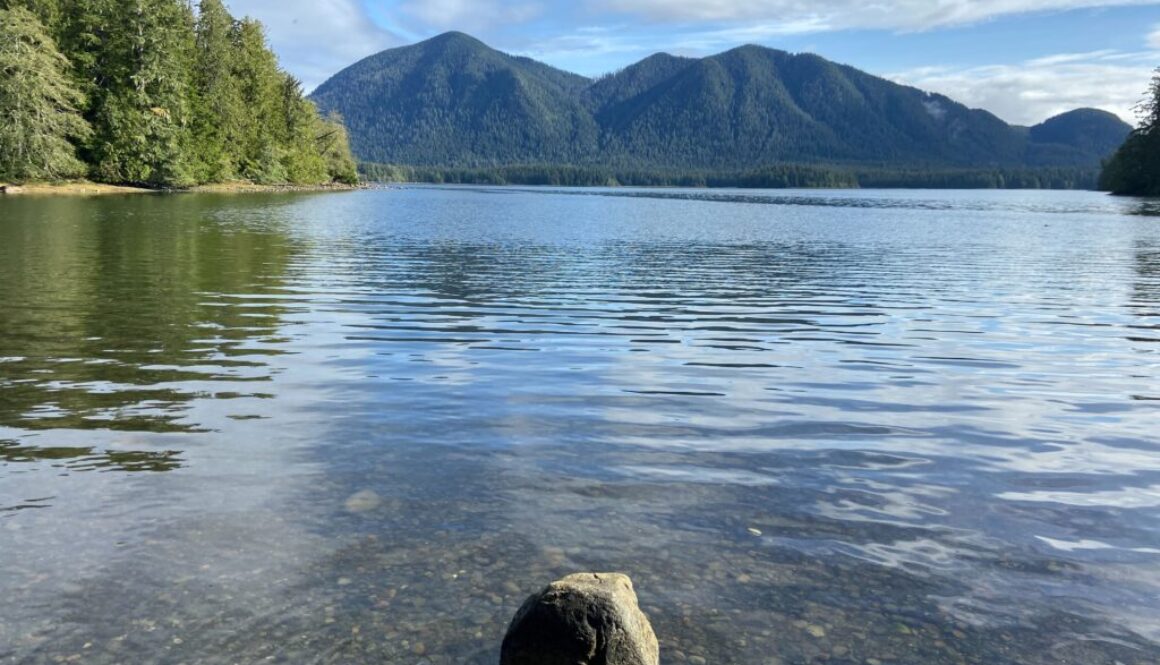Stony Creek, More Valuable Than Gold
Stony Creek, More Valuable Than Gold
CPAWS Yukon supports citizens concerned about the impact a placer mining project could have on their drinking water
Written by Laurence Fox, Conservation Coordinator | April 2, 2024
Would you want someone mucking around for gold in the water that you and your family drink? Many residents of Mendenhall have said they most certainly do not.
CPAWS Yukon stands alongside members of Champagne and Aishihik First Nations and Kwanlin Dün First Nation, along with other residents of Mendenhall who have recently expressed deep concern around a proposed placer mining project at Stony Creek.
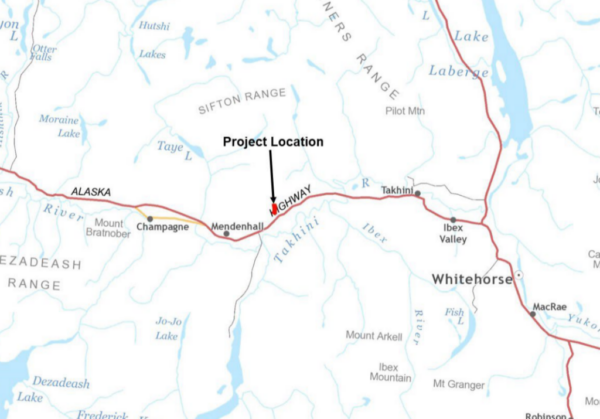
Located around 11 km northeast of Mendenhall and 52 km northwest of Whitehorse, the proposed project is currently under review with the Yukon Socio-Economic Assessment Board (YESAB). The claims fall within the traditional territories of both Kwanlin Dün First Nation and Champagne and Aishihik First Nations. To get at the gold thought to be below, the project would have to divert up to 1700 meters of Stony Creek which residents say is a vital source of drinking water, as well as ecologically sensitive habitat for wildlife.
Residents expressed their opposition to the proposed project during the public comment period, worried it will negatively impact water quality and damage the community. If the project went forward, residents say they would be forced to use water from the community fill station, which some say is of poor quality, or haul water in from Whitehorse. Others have expressed concern about the proposed project’s impact on subsistence activities like hunting, fishing, and berry picking.
Of special concern is Stony Creek’s importance as habitat for Chinook salmon fry, a species already struggling under numerous other pressures, including industrial development, climate change, and overfishing. Chinook salmon runs have been declining for decades, prompting serious conservation focus on the abysmally low numbers of returning fish among many Yukon First Nations, as well as the Department of Oceans and Fisheries and the Yukon government.

We believe potential environmental, community, and cultural impacts of mining at Stony Creek far outweigh the monetary quest for gold extraction. Residents of the impacted community and members of the First Nations on whose traditional territory this project would take place have powerfully voiced their concerns—and, in many cases, outright opposition to—this project. We hope YESAB heeds them.
Listen to a moving interview with a resident who lives near the creek and worries that mining would mean the end of a lot of stories, gatherings, and life.
CBC News released a great article based on the interview.
The comment period for the project recently closed, which means YESAB is now preparing their recommendation based on the input provided by the proponent, First Nations, community members, and other parties.
UPDATE JUNE 5, 2024: We’re thrilled to share that YESAB recommended against the proposed placer mine on Stony Creek because its impacts cannot be mitigated. YESAB even recognized the profound effect mining here would have, with their report stating, “this [project] is likely to result in a compromised ability for youth and future generations to pursue their cultural and contemporary activities.” We’re hopeful this means the project will not go ahead.
UPDATE JANUARY 16, 2025: Good news! The Yukon government & Fisheries and Oceans Canada (DFO) upheld YESAB’s recommendation that the Stony Creek placer mine NOT go ahead.
Follow us on Facebook or sign up for our newsletter for updates on the future of Stony Creek.


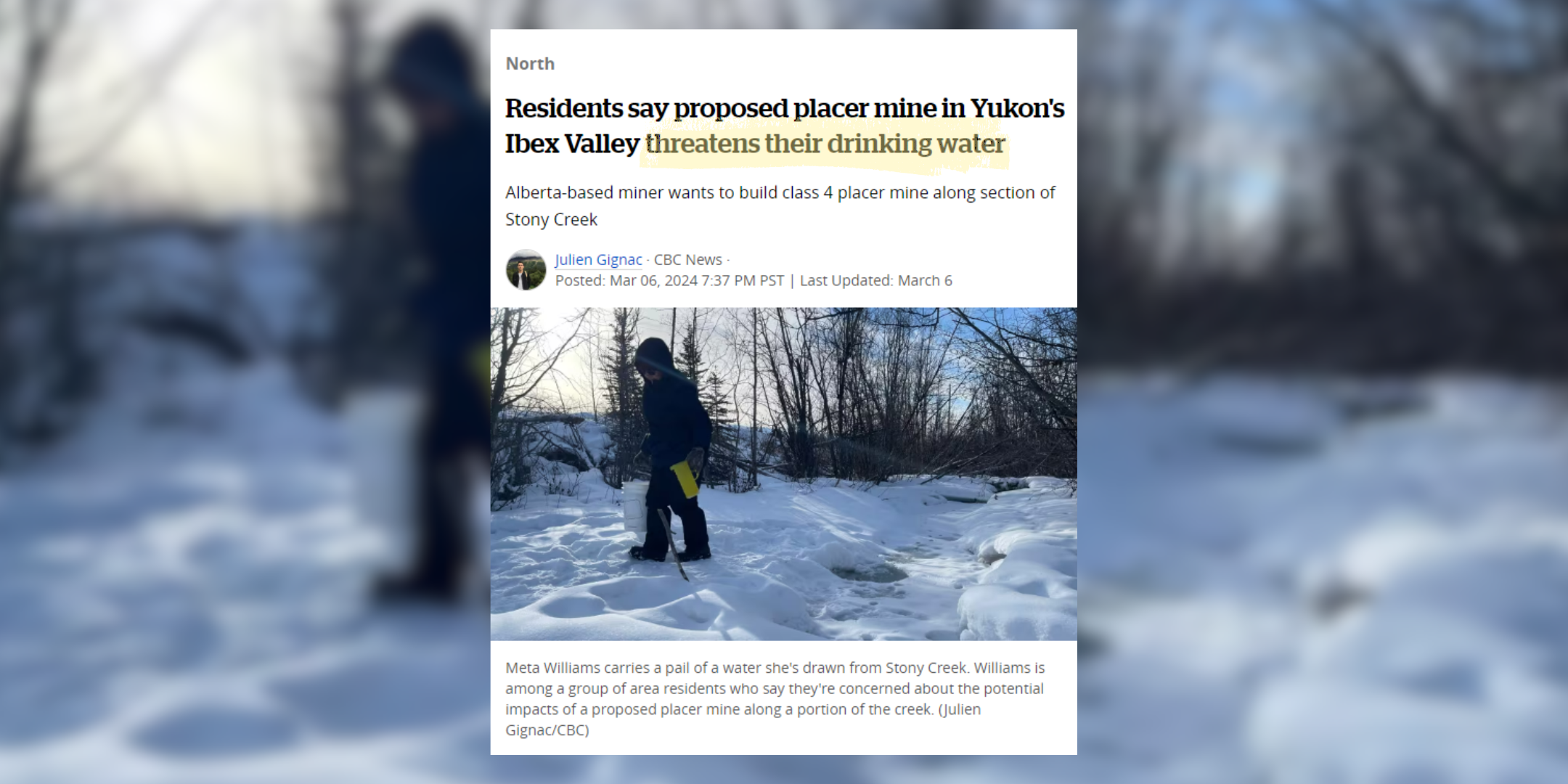
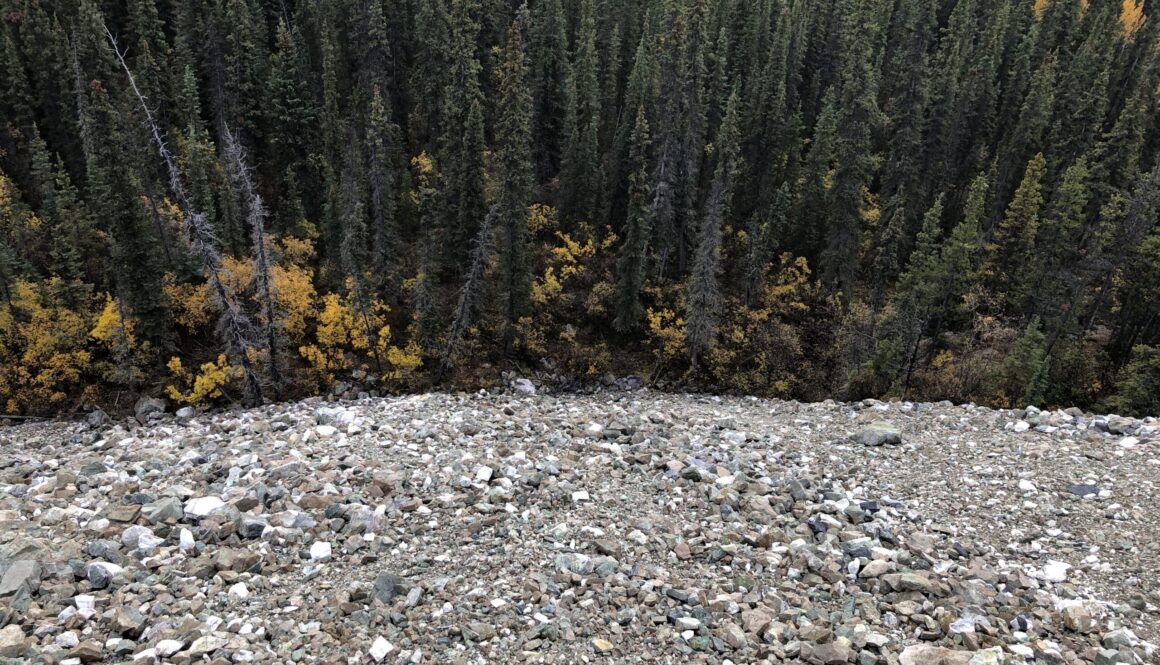

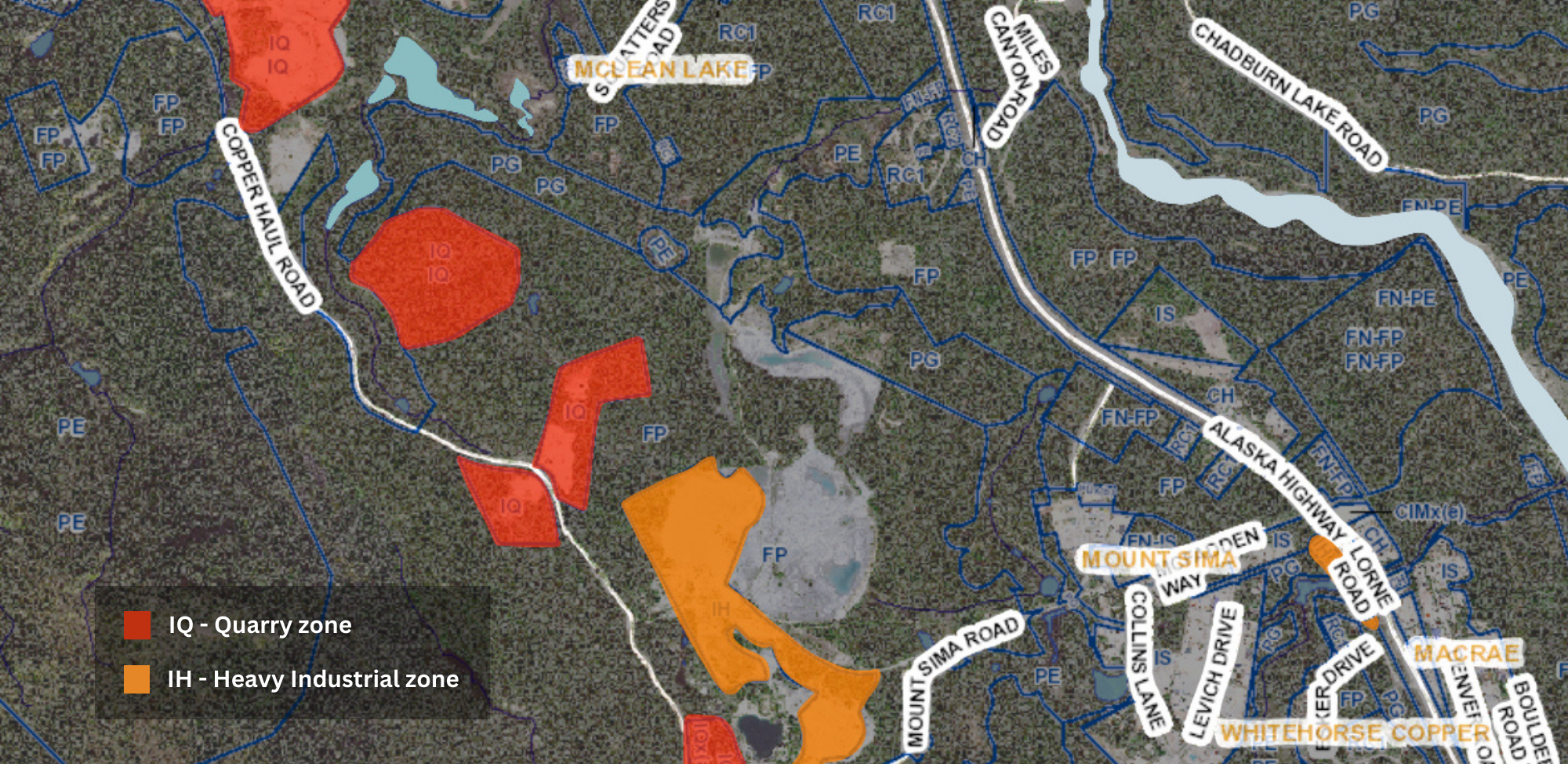

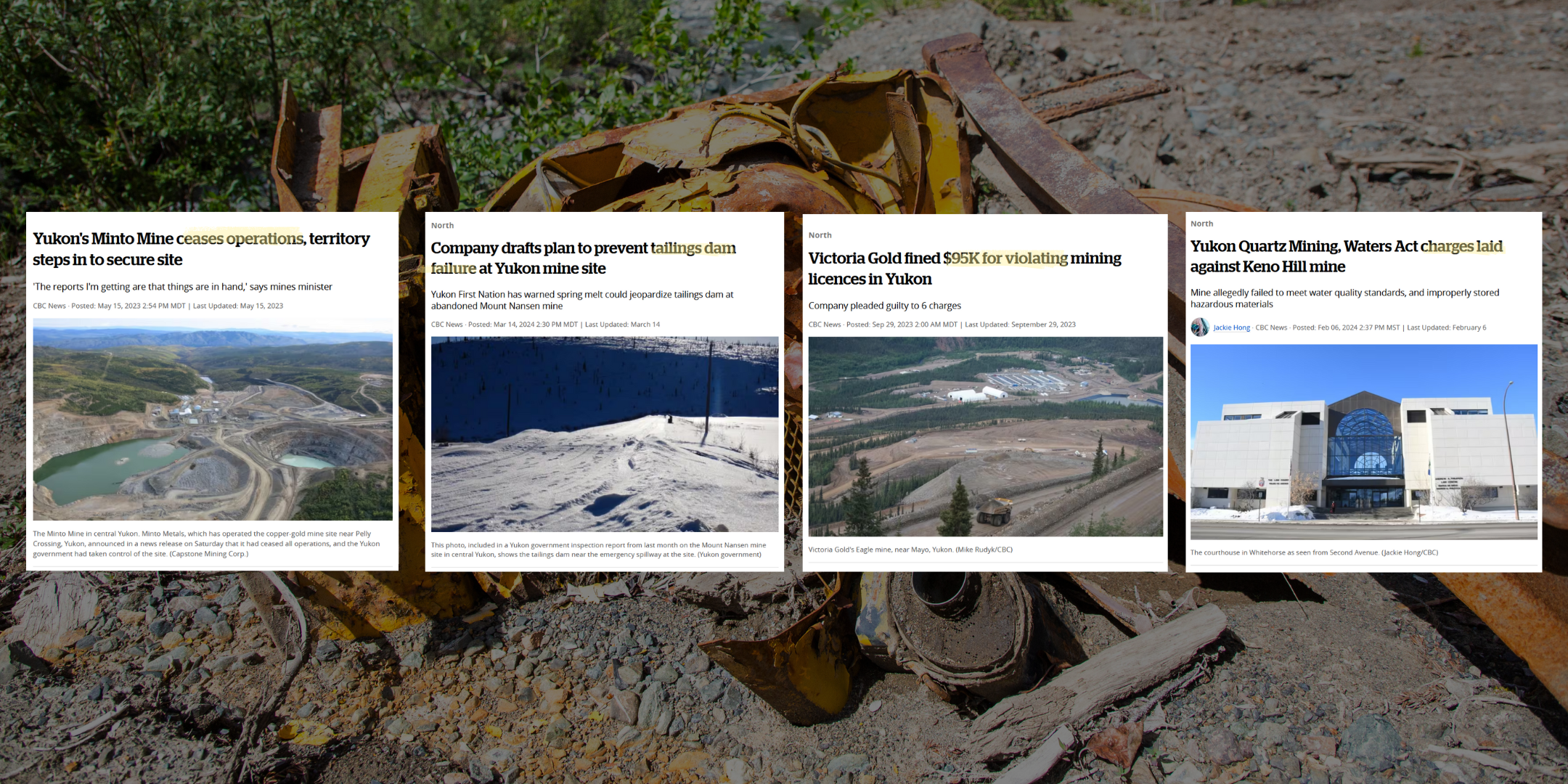
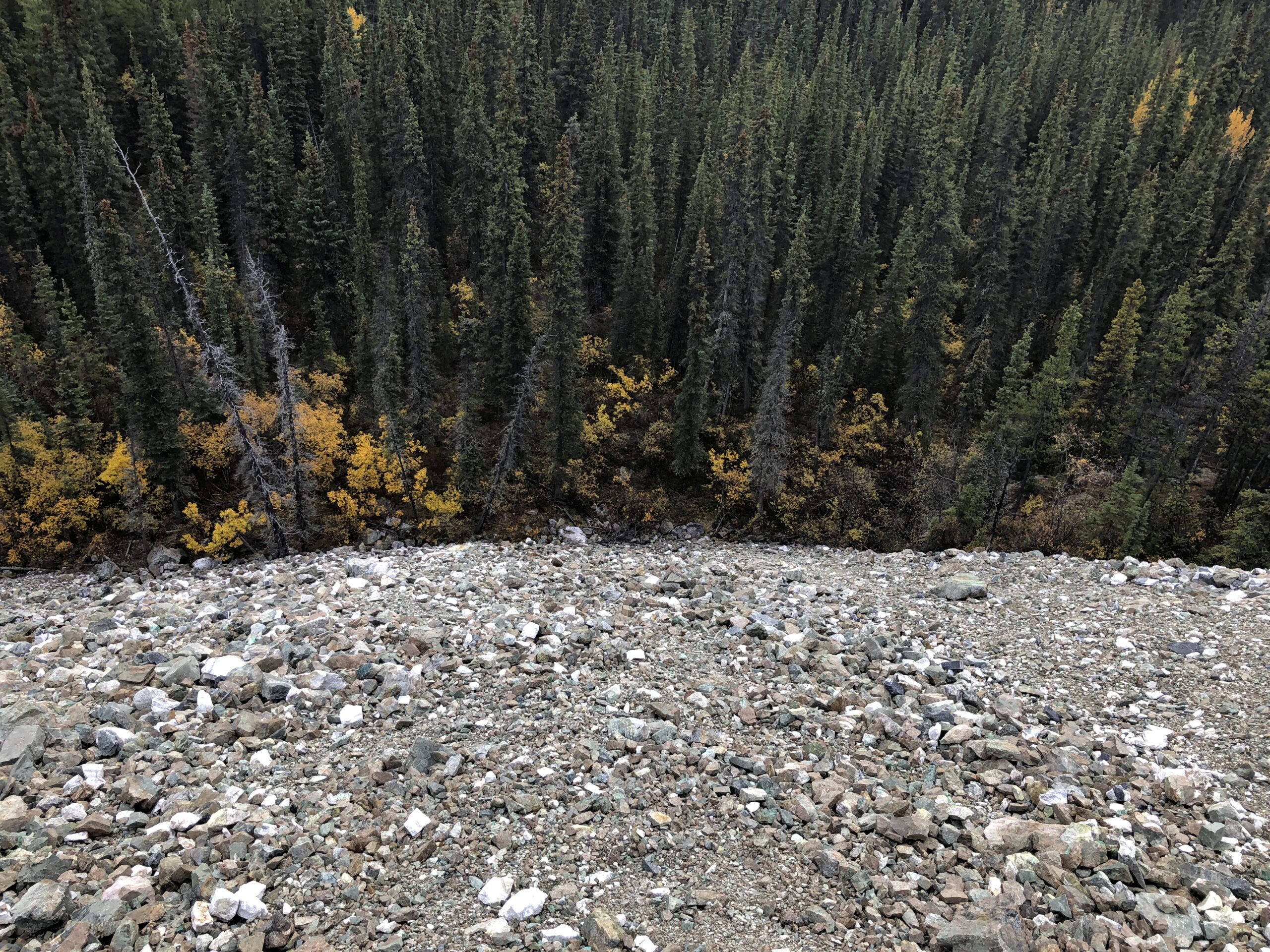

 “A few days into paddling, the Stewart River started to curve away from the Klondike Highway and we left the highway noise behind. We got to leave the stresses of everyday life behind, trading them in for downtime on the water. There’s nothing quite like it.” – Adil Darvesh
“A few days into paddling, the Stewart River started to curve away from the Klondike Highway and we left the highway noise behind. We got to leave the stresses of everyday life behind, trading them in for downtime on the water. There’s nothing quite like it.” – Adil Darvesh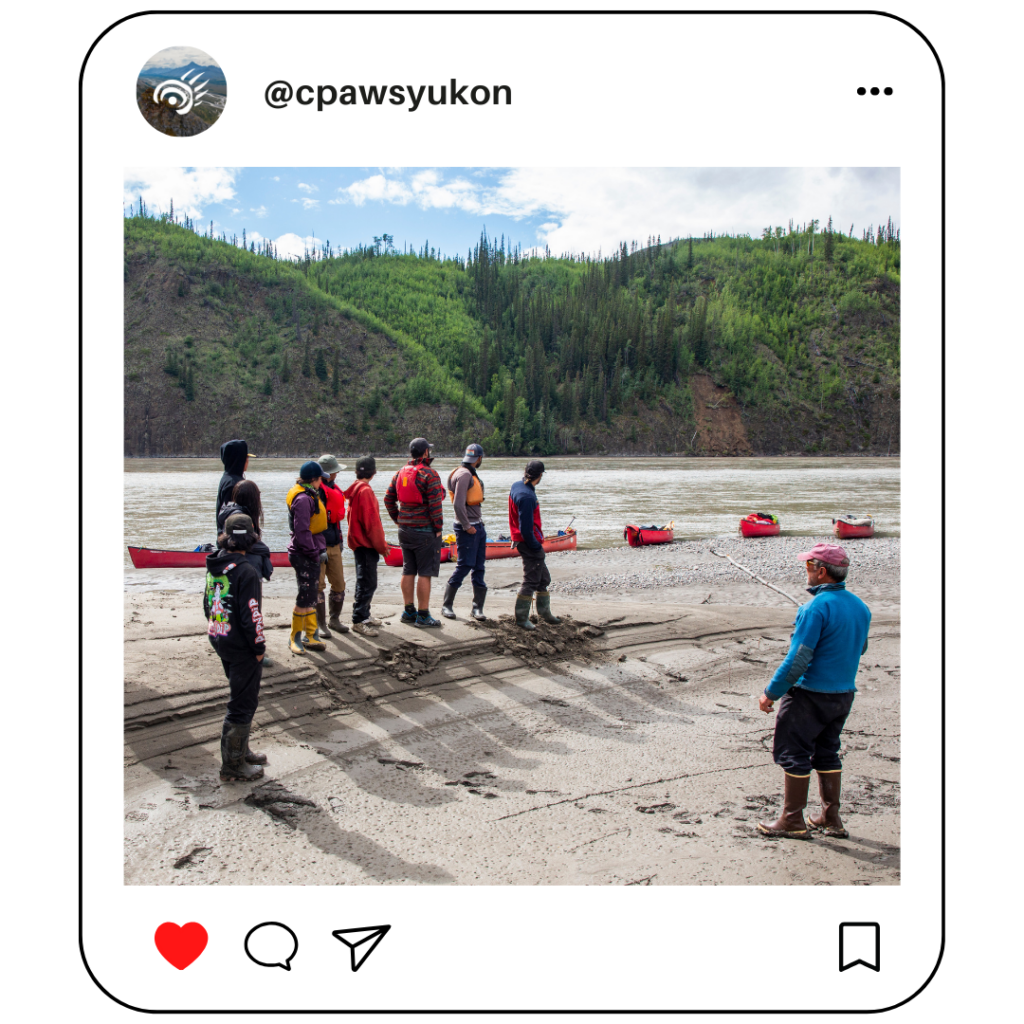 “Rivers are constantly changing. One of our landing spots on the Yukon River was a tricky backwater to catch… or at least it was the last time Jim Boyde paddled here. Jim drew us a diagram in the sand showing where to ferry, and we got back in our boats hyped for a challenge. But when we rounded the corner we found that the river had washed away the obstacles, and the weird currents were no more.” – Malkolm Boothroyd
“Rivers are constantly changing. One of our landing spots on the Yukon River was a tricky backwater to catch… or at least it was the last time Jim Boyde paddled here. Jim drew us a diagram in the sand showing where to ferry, and we got back in our boats hyped for a challenge. But when we rounded the corner we found that the river had washed away the obstacles, and the weird currents were no more.” – Malkolm Boothroyd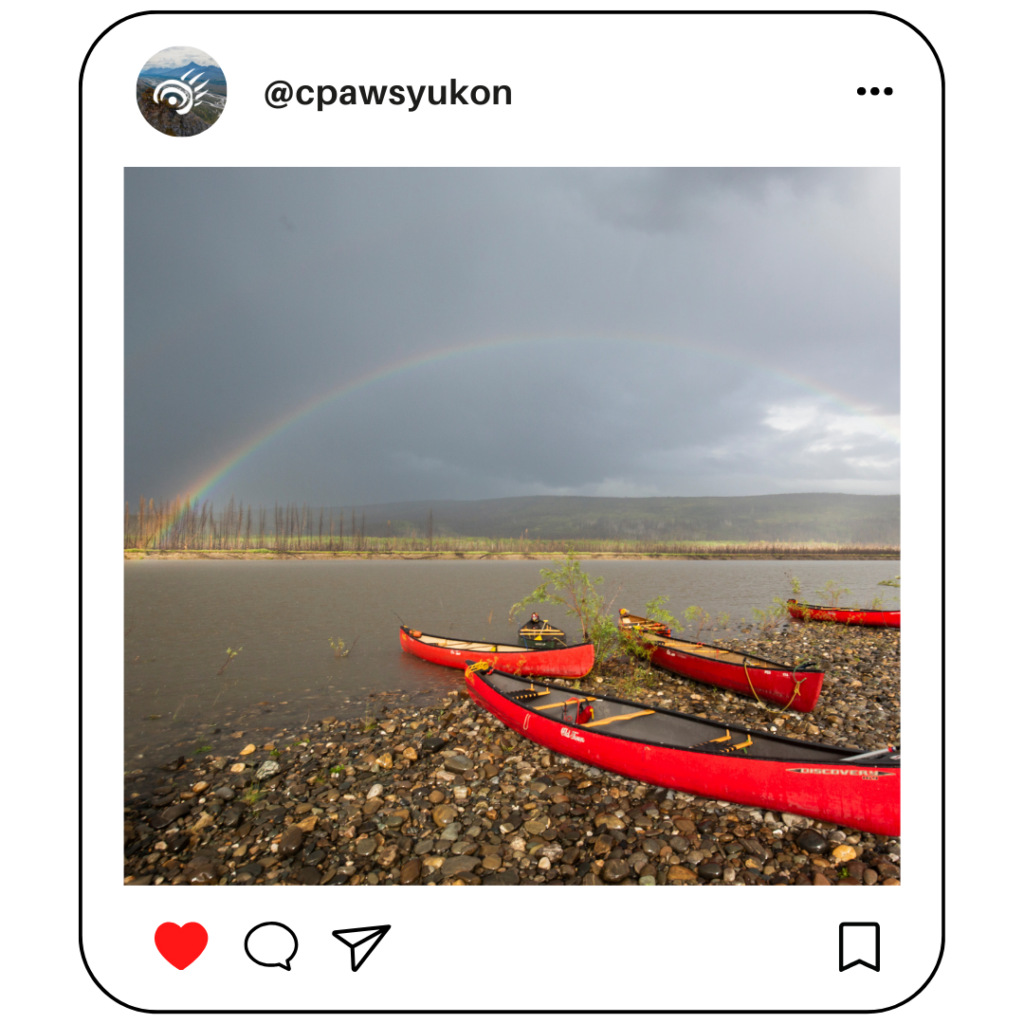 “On our third day out from Mayo we were hit by two waves of torrential rain, the first as we paddled, the second in the evening as we were cooking dinner. The low angle sun broke through the clouds even as the rain kept hammering down, the intensity of the sun and the rain formed one of the most vibrant double rainbows I’ve ever seen, one of the bands almost touching the wet stones on the bank of the Stewart River. A few moments later the rain and the rainbow were gone.” – Malkolm Boothroyd
“On our third day out from Mayo we were hit by two waves of torrential rain, the first as we paddled, the second in the evening as we were cooking dinner. The low angle sun broke through the clouds even as the rain kept hammering down, the intensity of the sun and the rain formed one of the most vibrant double rainbows I’ve ever seen, one of the bands almost touching the wet stones on the bank of the Stewart River. A few moments later the rain and the rainbow were gone.” – Malkolm Boothroyd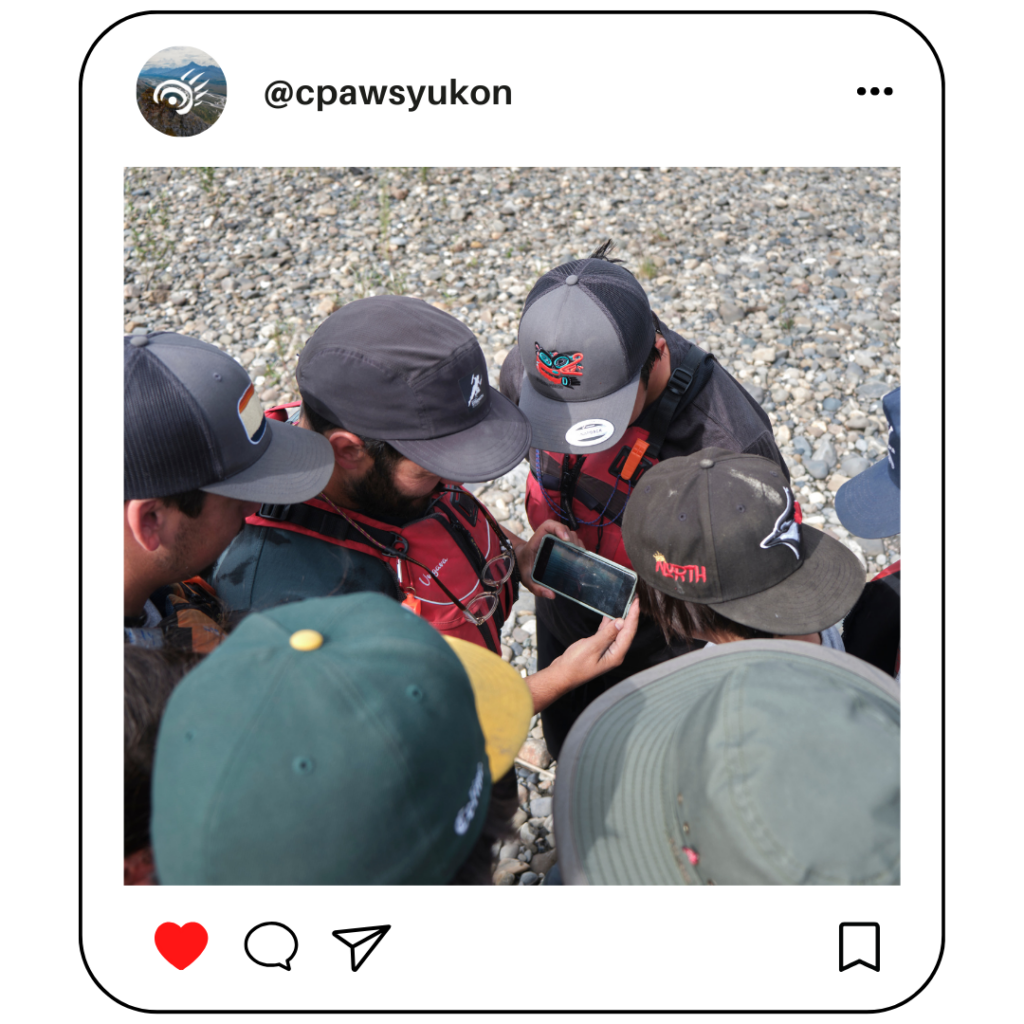 “We paddled along areas where First Nations fished and gathered since millennia ago. Most of us also brought our phones and extra battery packs to document and share the experience. Old traditions and new tools came together on the water. In the evenings, a computer pinged in Downtown Whitehorse, five hundred kilometers away, letting our team know we were safe.” – Adil Darvesh
“We paddled along areas where First Nations fished and gathered since millennia ago. Most of us also brought our phones and extra battery packs to document and share the experience. Old traditions and new tools came together on the water. In the evenings, a computer pinged in Downtown Whitehorse, five hundred kilometers away, letting our team know we were safe.” – Adil Darvesh “Usually when I see nighthawks it’s dusk, and they’re chasing insects high overhead. It’s rare to see one up close, but when I do I always marvel at the intricate details in their feathers and their bizarre looking heads. This bird was hanging about on a gravel bar, not far from where we camped one night. It probably had chicks nearby.” – Malkolm Boothroyd
“Usually when I see nighthawks it’s dusk, and they’re chasing insects high overhead. It’s rare to see one up close, but when I do I always marvel at the intricate details in their feathers and their bizarre looking heads. This bird was hanging about on a gravel bar, not far from where we camped one night. It probably had chicks nearby.” – Malkolm Boothroyd “‘Come get some tea’ hollered Steve Buyck as he poured steaming tea into a series of mugs. Just beside him, Liz Blair shuffled some plates around to add the second of three, yes THREE, rhubarb pies that she baked for our arrival. You could tell they were so excited to welcome us, and we were so happy to see familiar faces!” – Adil Darvesh
“‘Come get some tea’ hollered Steve Buyck as he poured steaming tea into a series of mugs. Just beside him, Liz Blair shuffled some plates around to add the second of three, yes THREE, rhubarb pies that she baked for our arrival. You could tell they were so excited to welcome us, and we were so happy to see familiar faces!” – Adil Darvesh
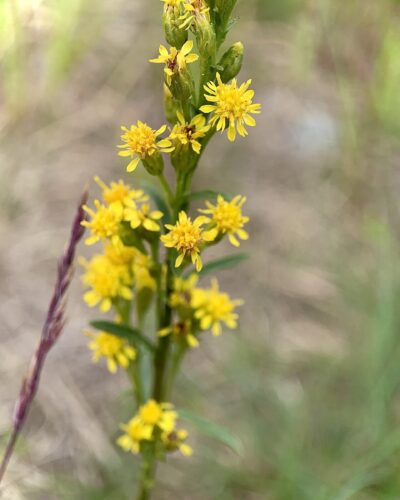

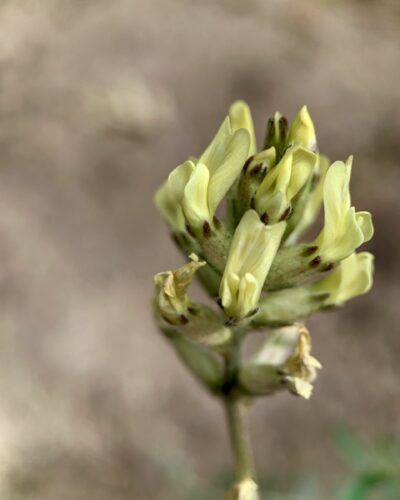

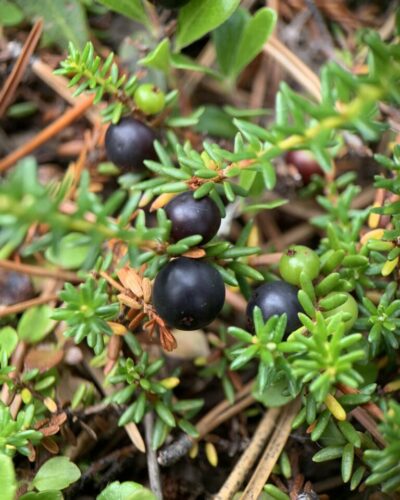
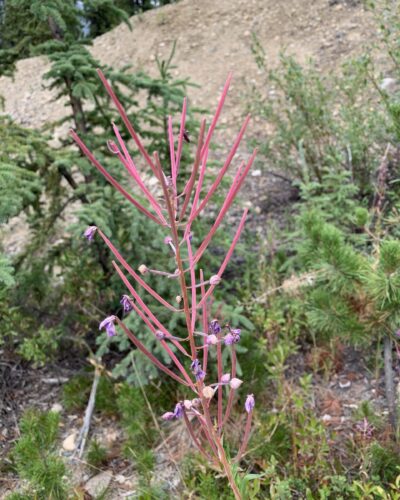


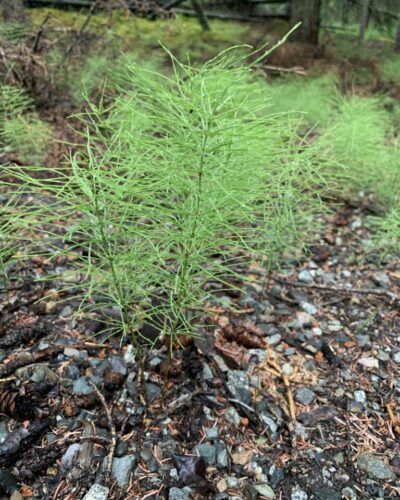








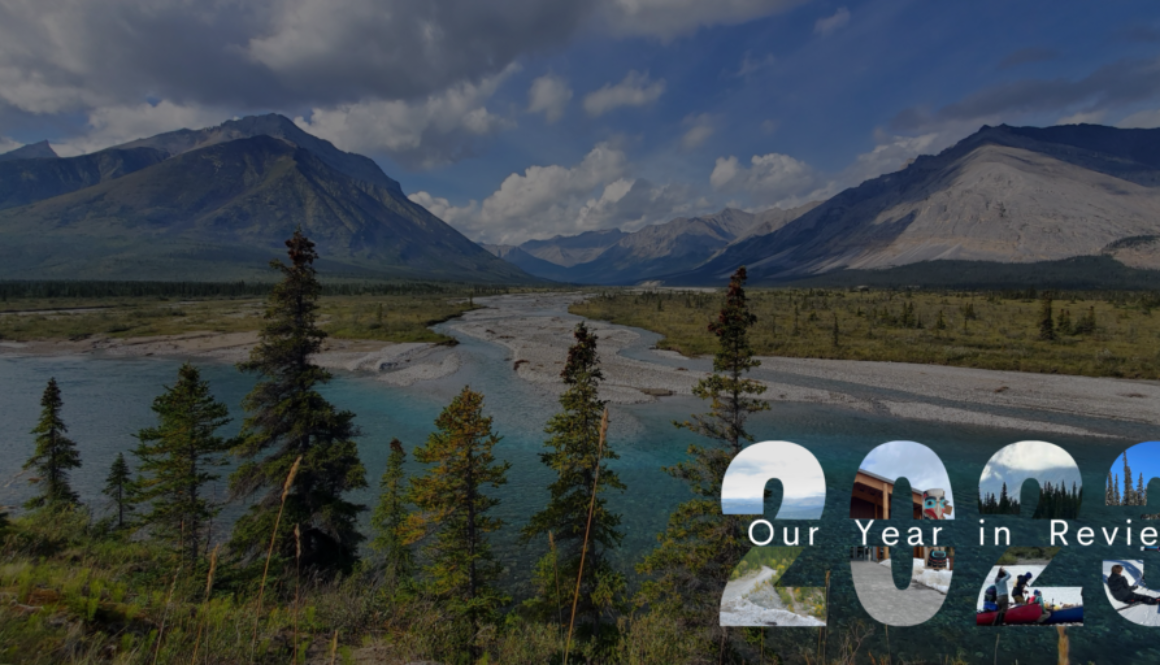



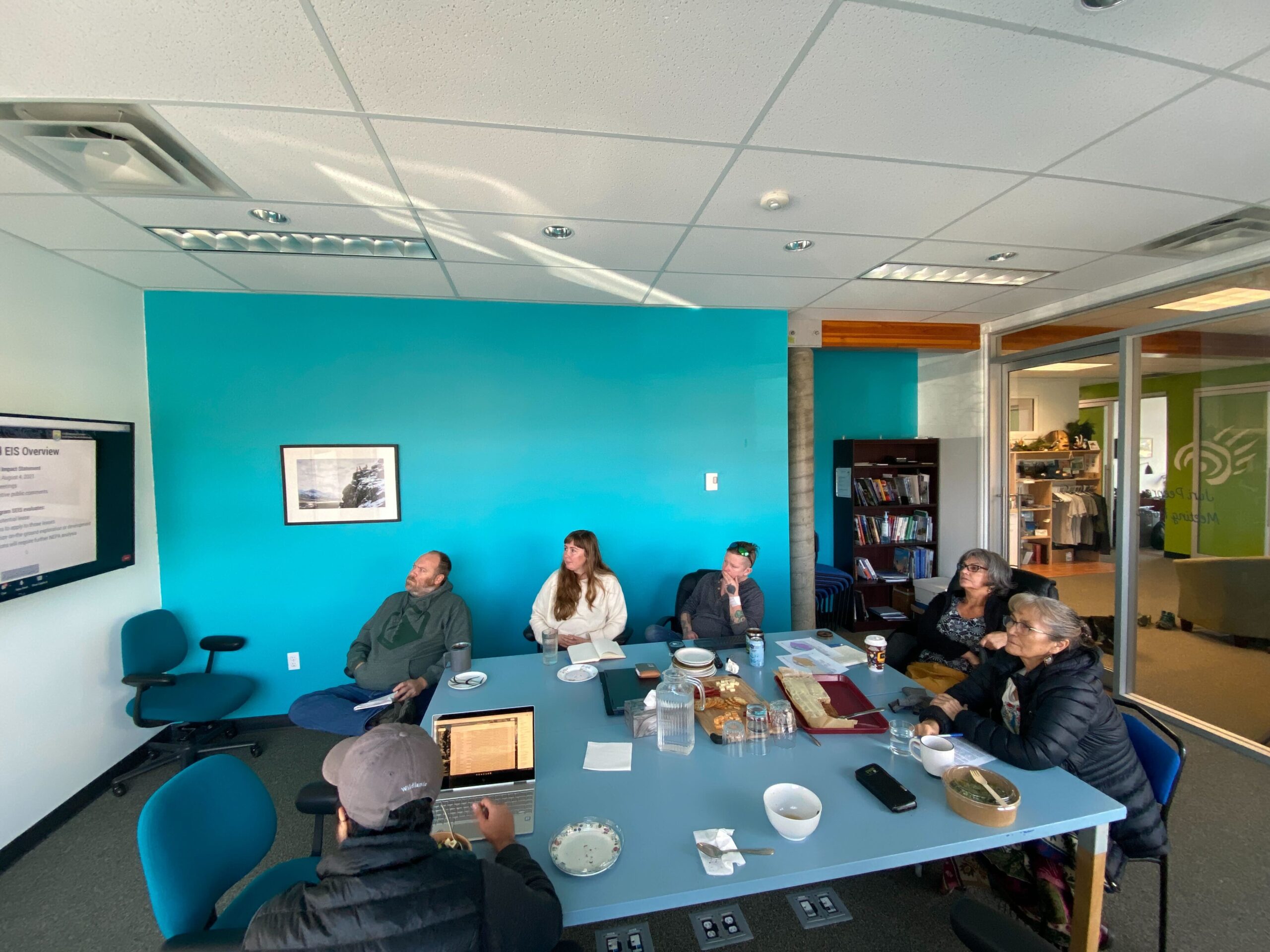



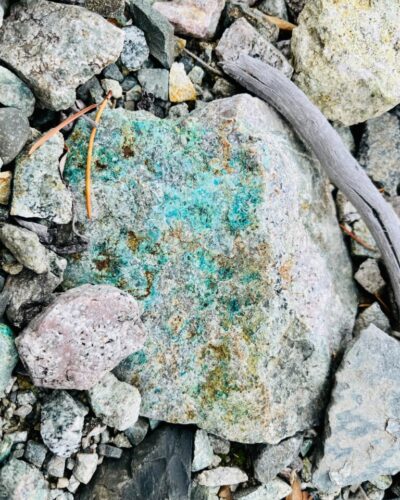


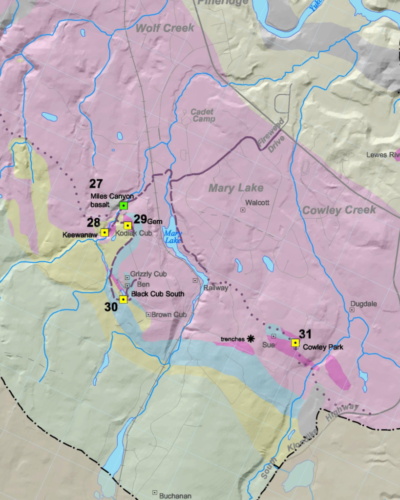
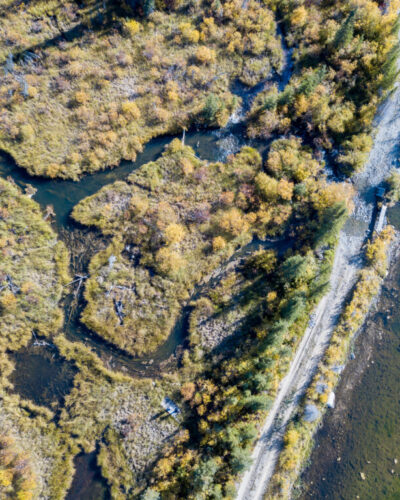
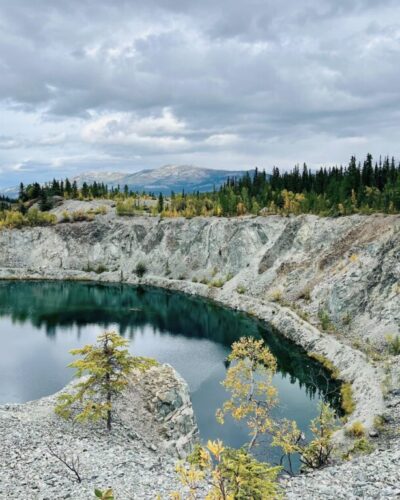
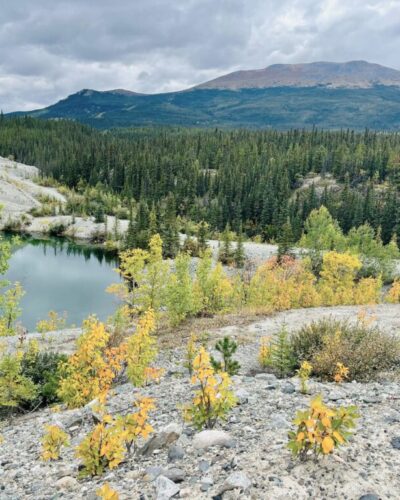
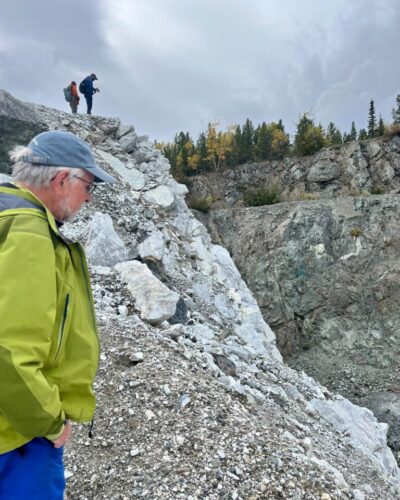

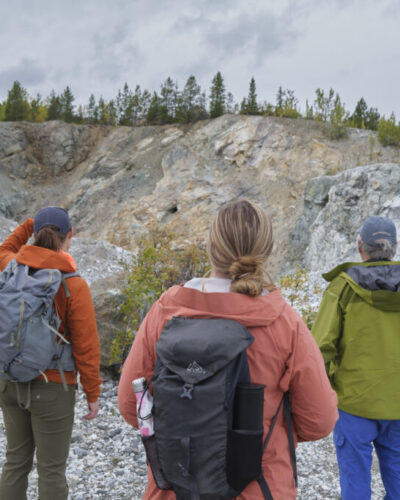


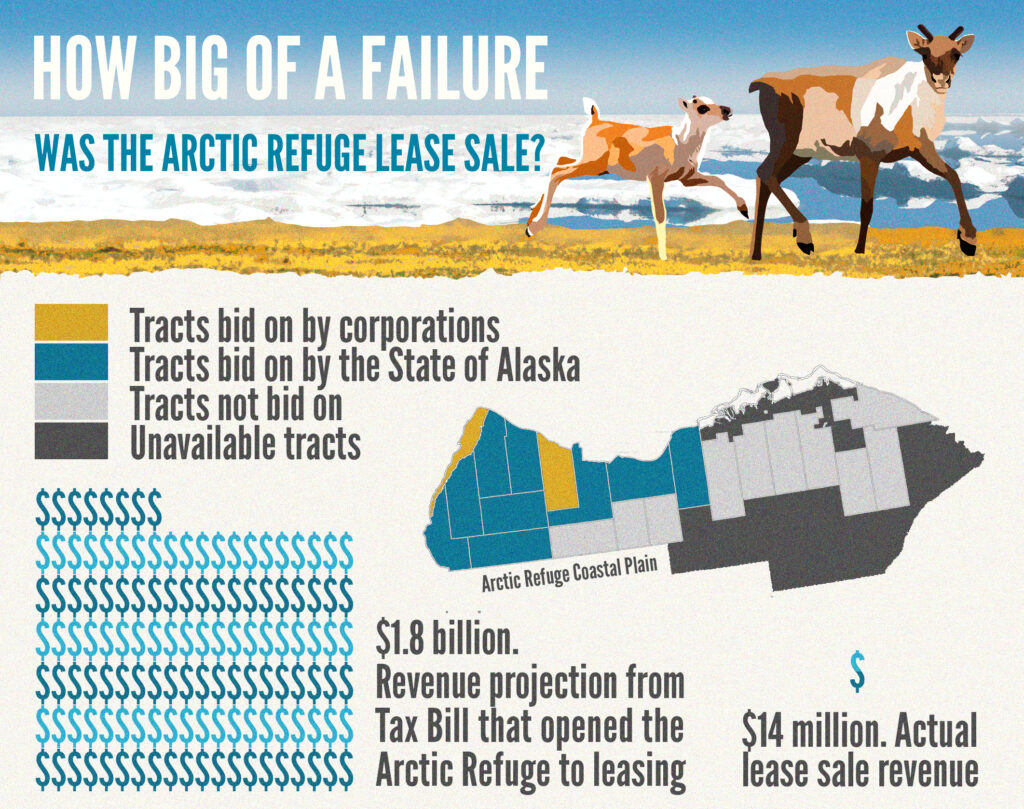
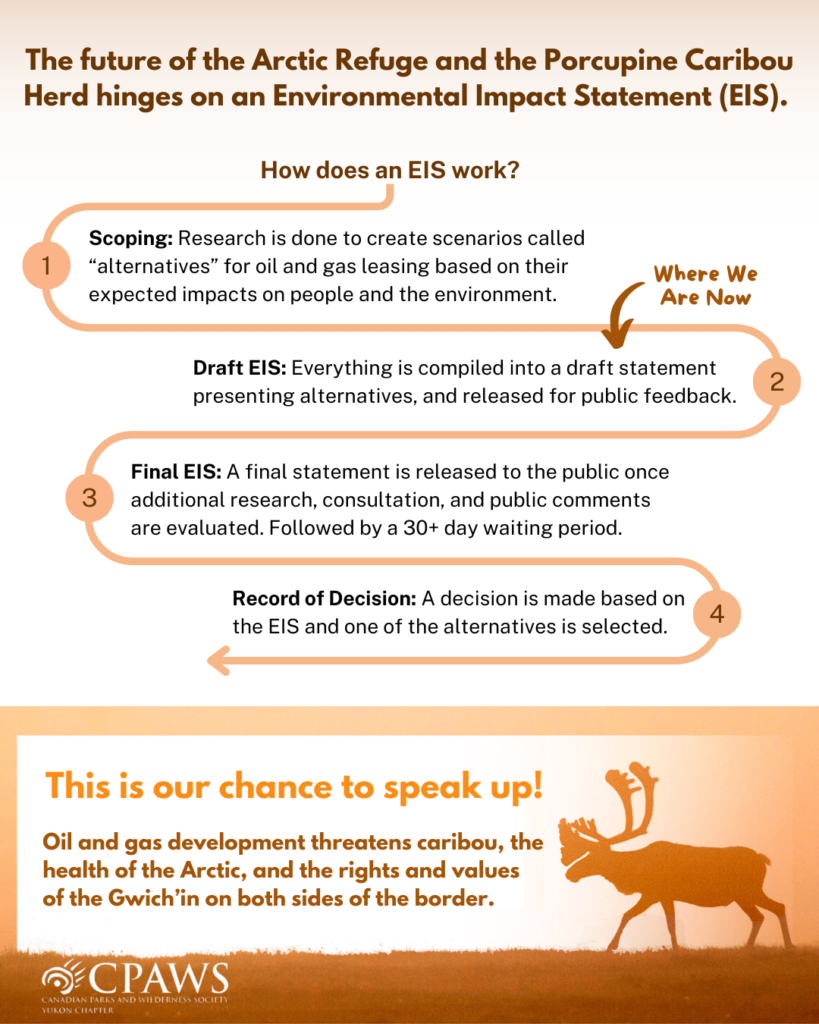 Okay… so now what?
Okay… so now what?
